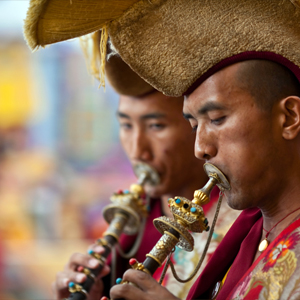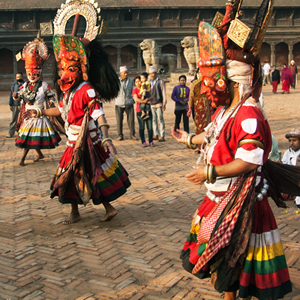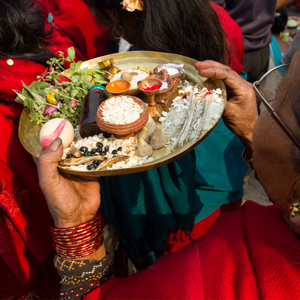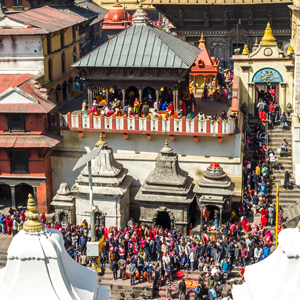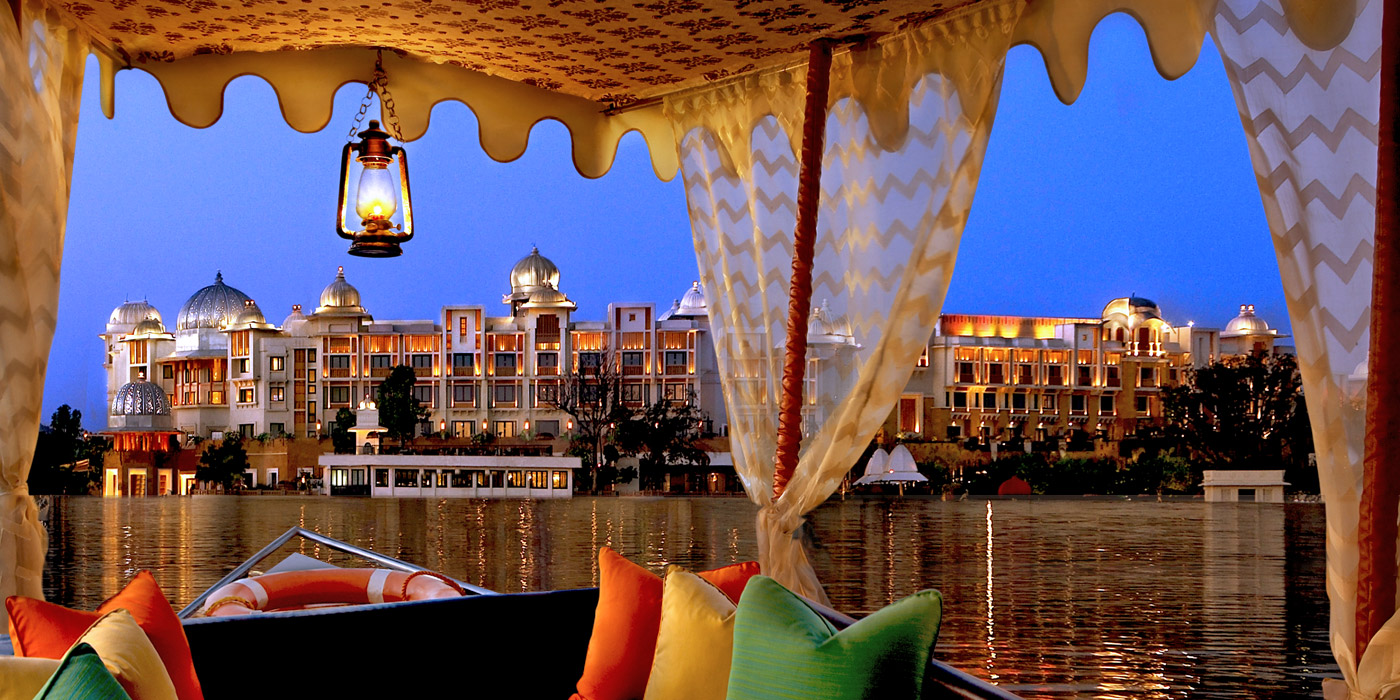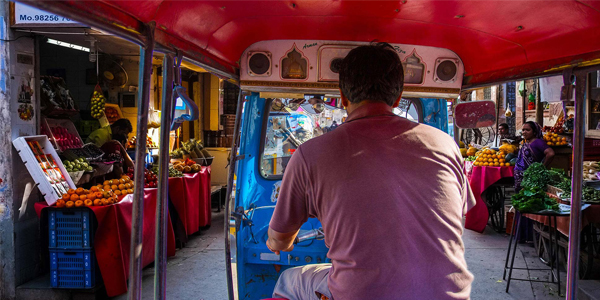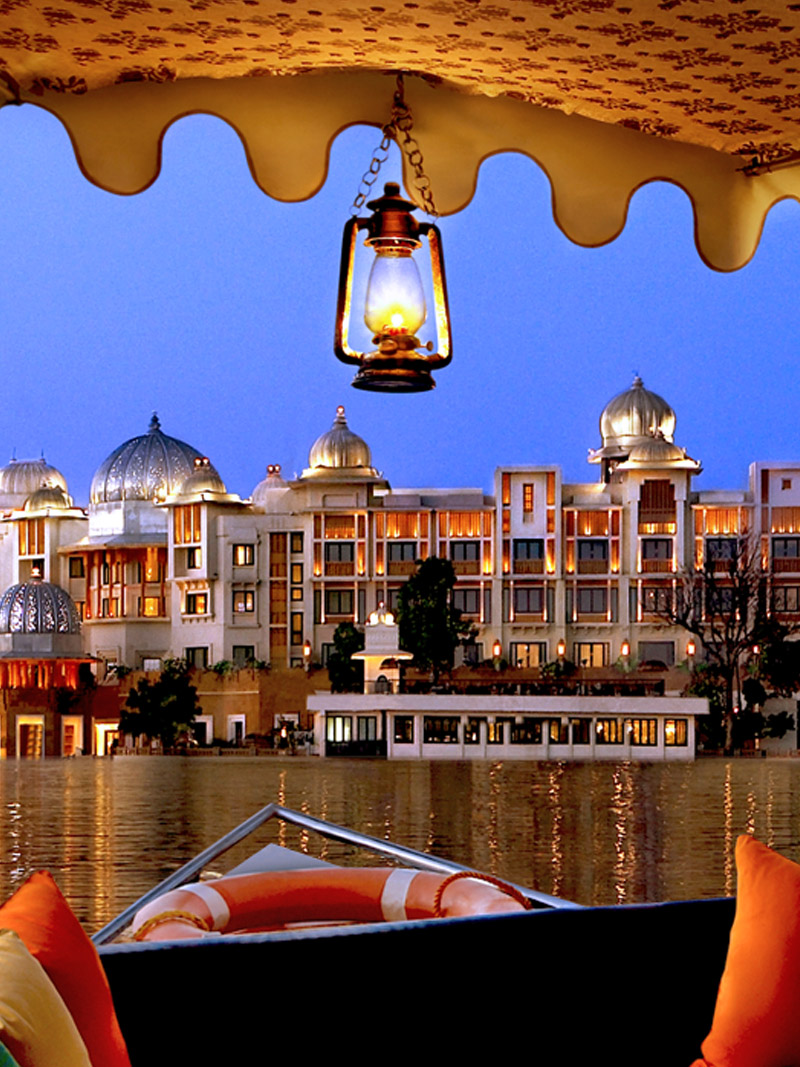
Mahashivaratri

Mahashivaratri (the Night of Shiva) is one of the primary festivals of Nepal – celebrated in honour and glory of the Hindu god Shiva. In the Hindu calendar, the 14th day of every lunar month or the day before the new moon is known as Shivaratri. Mahashivaratri, occurring in February-March, is the most spiritually significant.
It is believed that on this auspicious night, the northern hemisphere of the planet is positioned in such an excellent way that there is a natural upsurge of spiritual energy in a human being – pushing
Read more
Mahashivaratri (the Night of Shiva) is one of the primary festivals of Nepal – celebrated in honour and glory of the Hindu god Shiva. In the Hindu calendar, the 14th day of every lunar month or the day before the new moon is known as Shivaratri. Mahashivaratri, occurring in February-March, is the most spiritually significant.
It is believed that on this auspicious night, the northern hemisphere of the planet is positioned in such an excellent way that there is a natural upsurge of spiritual energy in a human being – pushing them towards their spiritual peak. The night-long festival, during which devotees stay both awake and wakeful, allows this spiritual energy to reach its zenith.
For ascetics and spiritual seekers, Maha Shivaratri is celebrated to mark not only the union of Shiva and Shakti (the consort of Shiva who embodies the divine feminine primordial cosmic energy) but also the night when Siva performed the tandava.
During the festival, thousands of devotees and pilgrims from both Nepal, India, and Southeast Asia throng the ancient Pashupatinath Temple in Kathmandu. They keep vigil all night – fasting, offering prayers, chanting mantras, singing hymns, and meditating. Sadhus converge here for an extraordinary night of celebration – the atmosphere is electric – charged with joy, fervour, faith, and tremendous divine energies.
Read Less
Experiences in Kathmandu Valley




